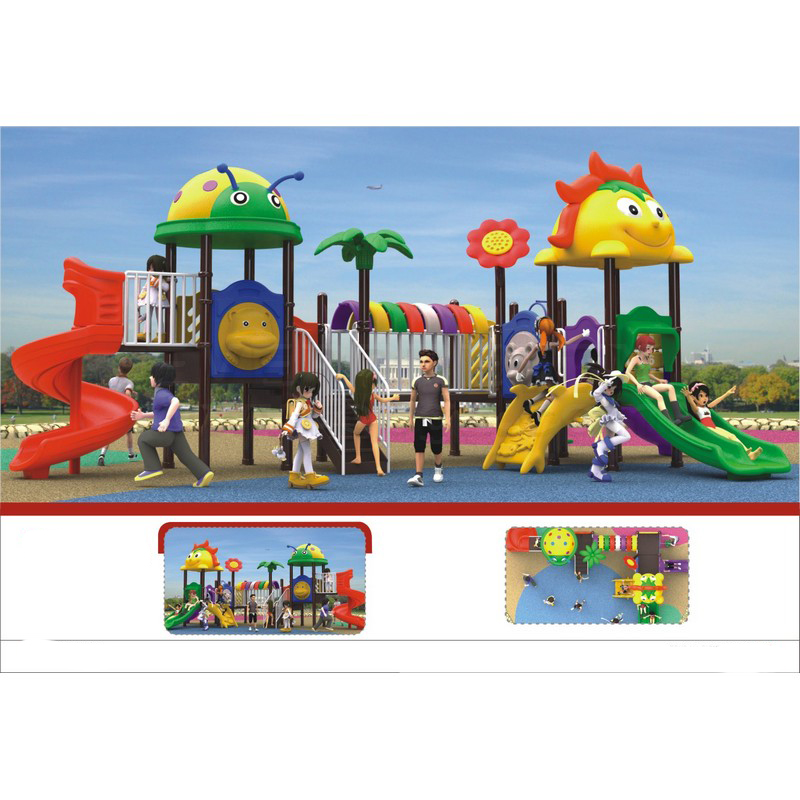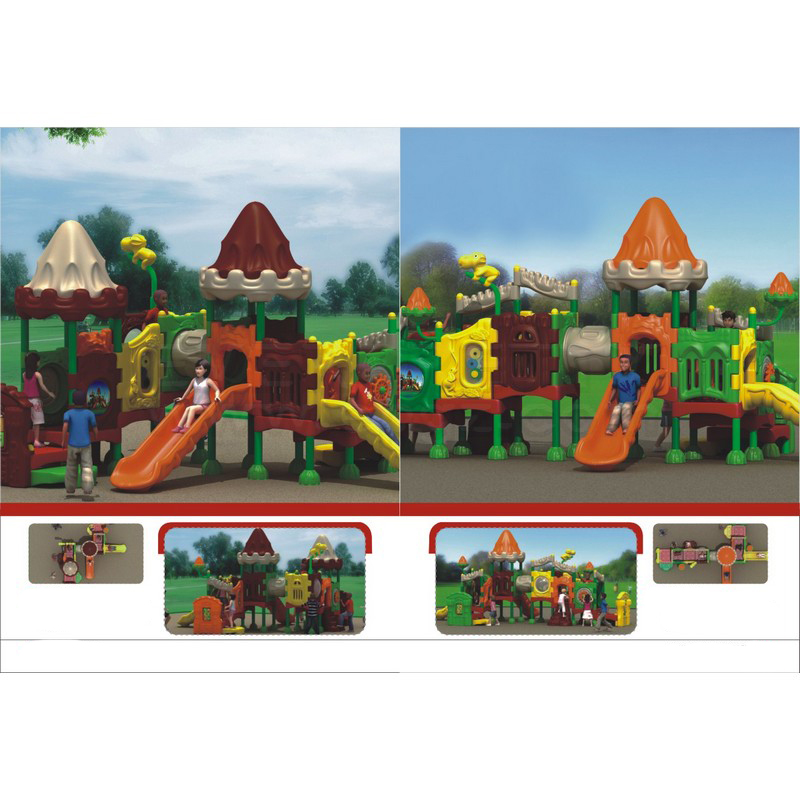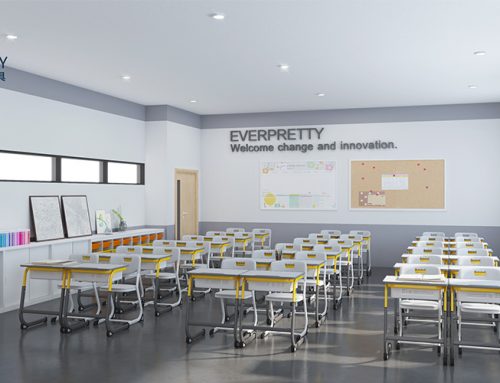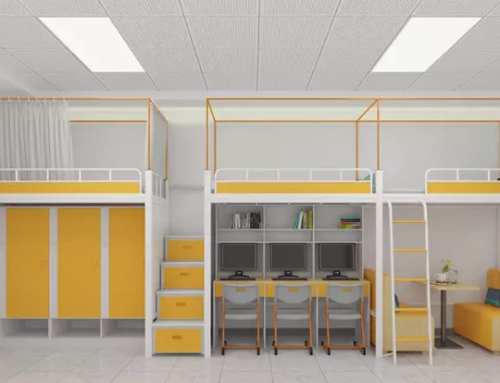A school playground provides an area for students to get outside, exercise, socialize, and engage in recreational activities during recess and lunch breaks. A well-designed playground incorporates the following elements:
- Open spaces: Large, grassy, or paved areas give students plenty of room to run, play games like soccer or football, or just sit and socialize with friends. Open spaces should be level and free of debris.
- Play structures: Structures like swings, slides, climbing frames, and jumping castles provide opportunities for children to climb, jump, bounce, and swing. These help develop motor and social skills. Structures should have protective surfacing below such as sand, mulch, or rubber padding.
- Sports courts: Asphalt or concrete courts allow for sports and games like basketball, hopscotch, four square, wall ball, and tennis. Sports equipment such as balls, nets, and rackets are also provided. Courts should be level, free of cracks, and have clear marking lines.
- Walking/Running tracks: Large schools may incorporate dirt, gravel, or paved track for students to walk, jog, or run around. These tracks help facilitate physical fitness activities.
- Seating: Picnic tables, benches, and shady seating areas provide places for students to sit, eat, socialize, or rest. Ample seating should be available, especially under shade structures, trees, or covered areas.
- Fencing: Secure fencing around the entire playground perimeter prevents students from leaving the area and keeps unauthorized individuals out. Fencing also helps contain balls, equipment, and other items within the playground. Gates allow for controlled access.
- Supervision: Well-placed teacher supervision zones, play equipment, seating areas, and open spaces allow playground monitors to observe students and ensure safe, responsible behavior throughout the playground.
- Accessibility: A good playground incorporates accessible play equipment and surfacing so that students of all abilities can participate. This includes ramps, transfer points, and sensory play components at varying degrees of difficulty.
An appealing, functional school playground provides students with opportunities for healthy activity, learning, leisure, and social interaction. Safety, inclusiveness, and adequate equipment for students of all ages and abilities are essential elements of an effective playground.
In addition to the above-mentioned elements, other essential features of a good school playground include proper maintenance and upkeep, regular safety inspections, and appropriate shading to protect students from the sun’s harmful rays. The playground should also be designed to promote imaginative and creative play and encourage children to explore and discover new things.

It is crucial to consider the needs and preferences of the students when designing a playground. For instance, younger children may need smaller and less complex play structures, while older children may prefer more challenging ones. The playground should also be designed to accommodate the number of students using it, ensuring that there is enough space and equipment for everyone.
In conclusion, a well-designed school playground is an essential component of a child’s education. It provides a safe and enjoyable environment for students to engage in physical activity, socialize, and develop new skills. A good playground should be inclusive, accessible, and designed with the student’s needs in mind.





Leave A Comment